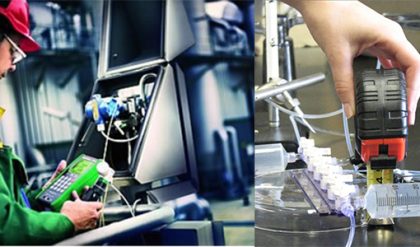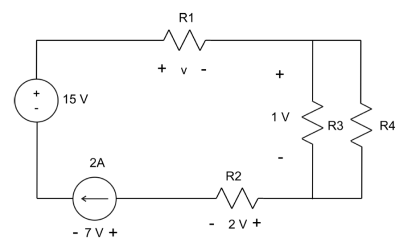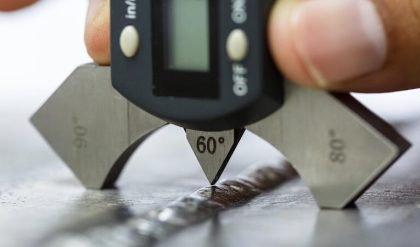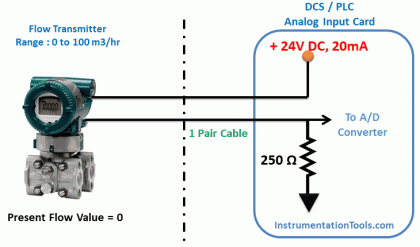Data on specific semiconductor devices are normally provided by the manufacturer in one of two forms. Most frequently, it is a very brief description limited to perhaps one page. Otherwise, it is a thorough examination of the characteristics using graphs, artwork, tables, and so on. In either case, there are specific pieces of data that must be included for proper utilization of the device. They include:
1. The forward voltage VF (at a specified current and temperature)
2. The maximum forward current IF (at a specified temperature)
3. The reverse saturation current IR (at a specified voltage and temperature)
4. The reverse-voltage rating [PIV or PRV or V(BR), where BR comes from the term “breakdown” (at a specified temperature)]
5. The maximum power dissipation level at a particular temperature
6. Capacitance levels
7. Reverse recovery time trr
8. Operating temperature range Depending on the type of diode being considered, additional data may also be provided, such as frequency range, noise level, switching time, thermal resistance levels, and peak repetitive values. For the application in mind, the significance of the data will usually be self-apparent. If the maximum power or dissipation rating is also provided, it is understood to be equal to the following product:

where ID and VD are the diode current and voltage at a particular point of operation
If we apply the simplified model for a particular application (a common occurrence), we can substitute VD VT 0.7 V for a silicon diode in Eq. (1.10) and determine the resulting power dissipation for comparison against the maximum power rating. That is,






